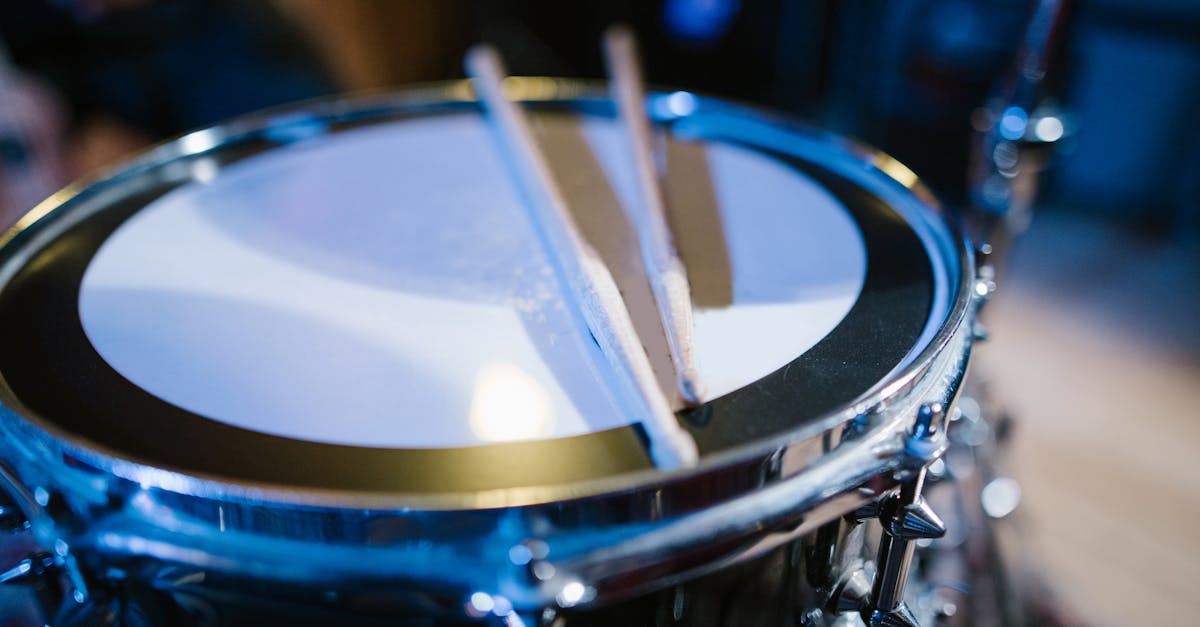Symphonic Journeys Exploring Global Music Vistas
Introduction
In our ever-globalizing world, music serves as a transcendent language that unites cultures across continents. Each region of the globe offers a distinctive symphonic journey that beckons exploration. These unique soundscapes are reflections of history, cultural evolution, and the creativity of countless generations. With genres ranging from the Indian raga to the Afro-Cuban rumba, there is an unprecedented opportunity to experience a symphonic journey like no other. Dive into this aural adventure as we explore the vast symphonic vistas of global music, each with its own story to tell. Join us as we investigate how centuries-old traditions continue to resonate, redefine, and inspire in modern music. This exploration will take us through the vibrant, harmonious symphony the world has to offer.
Advertisement
The Melodic Heart of Africa
Africa, often hailed as the cradle of rhythm, boasts rich musical traditions that have greatly influenced global music trends. From the deeply resonant djembe drums of West Africa to the stirring melodies of the kora, every region reveals its own musical heartbeat. Popular styles such as Afrobeats, blending traditional African music with modern genres, dominate global playlists today. Meanwhile, in South Africa, the unique sound of Zulu choirs showcases the harmonious blend of Western choral music with indigenous vocals. The innovation within Africa's musical landscape reflects an enduring legacy of resilience and creativity. As we explore Africa's diverse musical tapestry, it becomes evident how deeply music is woven into the very fabric of everyday life, celebration, and storytelling.
Advertisement
Asia's Harmonious Diversity
Asia presents a rich tapestry of musical genres that span across nations, cultures, and histories. India's classical music, including the meditative Hindustani and the intricate Carnatic, is characterized by detailed raga and tala systems. Conversely, the haunting melodies of the erhu and the vivid rhythms of the fanfare bands embody China's musical heritage. Over in Korea, traditional "gugak" music maintains its profound cultural significance while K-pop takes the world by storm with its modern beats. From the taiko drumming traditions of Japan to the golden sounds of the Thai Pong lang, Asia's symphonic diversity offers an abundance of aural treasures. Each note holds the power to evoke deep emotions and the stories of countless generations.
Advertisement
The Passionate Pulse of Latin America
Latin American music paints an exquisitely dynamic picture, imbued with passionate rhythms and vibrant melodies. The heartbeat of the Latin American sound resonates in the pulse of the samba, the complexity of the tango, and the joyful exuberance of the mariachi. Cuba's son music laid the foundation for modern salsa, while Colombia's cumbia has become emblematic of the region's rhythmical prowess. In Brazil, the bossa nova blends samba with jazz, offering a modern, mellow take on traditional sounds. Despite the variety in styles, Latin America's music consistently emphasizes expressive rhythms and full-bodied passion. By engaging with Latin American symphonic journeys, one can truly experience a world where music is a dance and a heartfelt expression of life.
Advertisement
Europe's Classical and Contemporary Symphony
Europe's rich musical legacy features a broad spectrum from the classical traditions that paved the way centuries ago to the innovative modern soundscapes of today. The grand symphonies of composers like Beethoven and Mozart are hallmarks of Western classical music, resonating throughout concert halls worldwide. Modern European music, however, spans diverse genres such as electronic music, folk traditions, and indie pop. The Celtic influences of the British Isles invigorate genres from rock to classical, while France's influence on jazz remains profound. Across the continent, the fusion of traditional and contemporary styles is pushing the boundaries of artistic expression, proving European music's unrivaled ability to evolve while preserving its roots.
Advertisement
Oceania's Indigenous Soundscapes
Oceania's musical landscape, shaped by millennia of indigenous culture, is a testament to the power of oral tradition and communal storytelling. The entrancing sound of the Aboriginal didgeridoo represents Australia's ancient musical heritage, while the harmonious ukulele-infused tunes of Hawaiian music depict a more island-centered sound. In Polynesia, traditional music and hula dance celebrate legends and genealogies, intertwining sound and movement. Modern artists often incorporate indigenous storytelling and instruments into contemporary pop or rock, highlighting the resilience and adaptability of these sounds. By exploring the musical vistas of Oceania, we gain insight into cultures that thrived through connection, land, and the power of harmony.
Advertisement
Jazzy Notes Across North America
North America's music scene is a melting pot of global influences, with jazz at its core—a genre synonymous with spontaneity, innovation, and emotion. Originating in New Orleans, jazz's improvisational characteristic breathed life into American music culture, spawning subgenres such as smooth jazz and fusion. The region's musical diversity also encompasses rock, country, blues, and hip hop, each reflecting the societal influences of their time. Meanwhile, Canadian artists are celebrated for their contributions to indie and folk rock, drawing from both European and American traditions. North America's orchestration of its multiple influences speaks to its ongoing journey to redefine musical artistry, showcasing music as a dynamic force for unity and change.
Advertisement
Middle Eastern Resonance
Middle Eastern music, enriched by ancient traditions, presents an intricate interplay between melody, rhythm, and poetry. The region's music, characterized by distinctive modes or "maqam," offers a unique equation of sound vibrancy and emotive depth. Instruments such as the oud and qanun provide a distinctively haunting resonance, while percussive elements create intricate rhythmic structures. Modern fusions, including Arabic pop, seamlessly weave traditional sounds with contemporary global influences. Across the Middle East, music serves as a medium for social commentary and cultural celebration, crossing boundaries and bringing people together amidst diversity. It affirms music's role as a universal language that thrives even in challenging socio-political climates.
Advertisement
Caribbean Rhythms
The Caribbean, renowned for its lively music, offers rhythmic dances where culture and music are inextricably linked. Reggae from Jamaica is a pivotal cultural export promoting messages of peace and social justice worldwide. Steel pan music from Trinidad and Tobago, with its roots in festivals and carnivals, creates a joyful, festive ambiance. Calypso, dancehall, and soca further enrich the Caribbean's musical offer, each telling a unique tale of regional swings—culture through sound. Within these rhythms lies a voice of resistance, celebration, and storytelling. Engaging with Caribbean symphonic journeys reveals the region's timeless ability to evoke joy, reflection, and rhythmical enchantment.
Advertisement
Conclusion
As we conclude our symphonic journey across continents, we uncover the shared language of music and feel the harmonizing connections it fosters among cultures. Exploring global music vistas enrichens our understanding of the shared human experience, showcasing art’s power to transcend borders. Each note, rhythm, and harmony becomes a thread, weaving a larger tapestry that celebrates life's universality. Through these global journeys, we realize that while our cultural backgrounds differ, music's essence—its capacity to move, heal, and connect us—is timeless and borderless. In celebrating these rich and diverse soundscapes, we embrace the profound beauty in our differences and find common ground in music's harmonious embrace.
Advertisement







